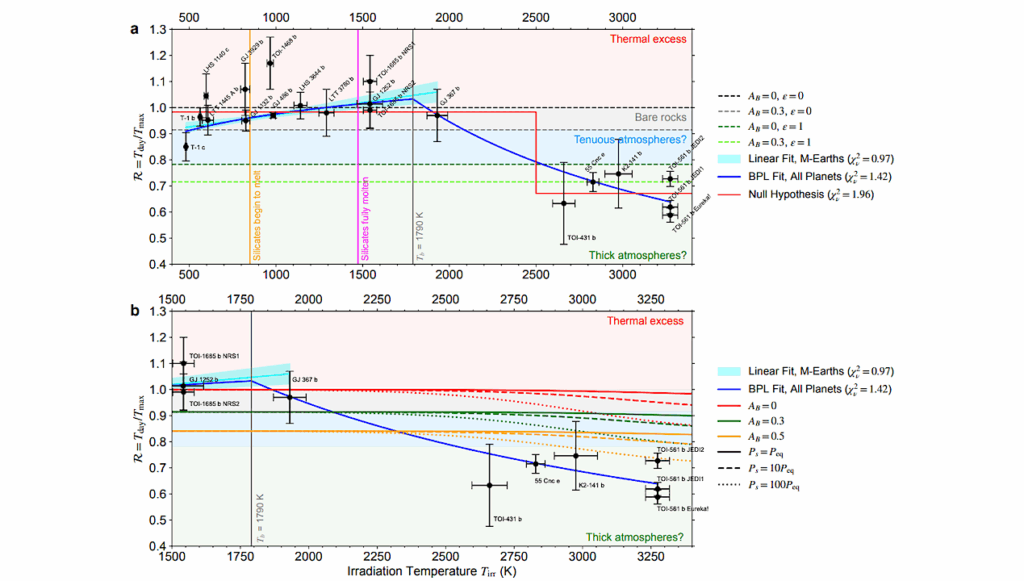Setting The Stage For The Search For Life With The Habitable Worlds Observatory: Properties Of 164 Promising Planet Survey Targets

The Decadal Survey on Astronomy and Astrophysics 2020 (Astro2020) has recommended that NASA realize a large IR/O/UV space telescope optimized for high-contrast imaging and spectroscopy of ~25 exo-Earths and transformative general astrophysics.
The NASA Exoplanet Exploration Program (ExEP) has subsequently released a list of 164 nearby (d<25 pc) targets deemed the most accessible to survey for potentially habitable exoplanets with the Habitable Worlds Observatory (HWO). We present a catalog of system properties for the 164 ExEP targets, including 1744 abundance measurements for 14 elements from the Hypatia Catalog and 924 photometry measurements spanning from 151.6 nm to 22 {\mu}m in the GALEX, Strömgren, Tycho, Gaia, 2MASS, and WISE bandpasses.
We independently derive stellar properties for these systems by modeling their spectral energy distributions with Bayesian model averaging. Furthermore, we identify TESS flare rates for 44 stars, optical variability for 78 stars, and X-ray emission for 41 stars in our sample from the literature.
We discuss our catalog in the context of planet habitability and draw attention to key gaps in our knowledge where precursor science can help to inform HWO mission design trade studies in the near future. Notably, only 33 of the 164 stars in our sample have reliable space-based UV measurements, and only 40 have a mid-IR measurement. We also find that phosphorus, a bio-essential element, has only been measured in 11 of these stars, motivating future abundance surveys.
Our catalog is publicly available and we advocate for its use in forthcoming studies of promising HWO targets.

Physical and observable properties of stars in our catalog. Starting from the upper left-hand panel and moving clockwise, the panels show stellar metallicity vs. angular EEID, stellar metallicity vs. effective temperature, estimated planetstar contrast ratio (in Rc band) vs. effective temperature, and estimated planet-star contrast ratio vs. angular EEID. Different markers indicating stellar multiplicity, the presence of debris disks and planets, stellar variability, and flare and X-ray detections are defined in the legend. Stars that appear as outliers are labeled in each panel. — astro-ph.EP
Caleb K. Harada, Courtney D. Dressing, Stephen R. Kane, Bahareh Adami Ardestani
Comments: 33 pages, 15 figures, 4 tables, submitted to AAS Journals. Data available at this https URL
Subjects: Earth and Planetary Astrophysics (astro-ph.EP); Instrumentation and Methods for Astrophysics (astro-ph.IM); Solar and Stellar Astrophysics (astro-ph.SR)
Cite as: arXiv:2401.03047 [astro-ph.EP] (or arXiv:2401.03047v1 [astro-ph.EP] for this version)
Submission history
From: Caleb Harada [view email]
[v1] Fri, 5 Jan 2024 19:53:30 UTC (1,254 KB)
https://arxiv.org/abs/2401.03047
Astrobiology








